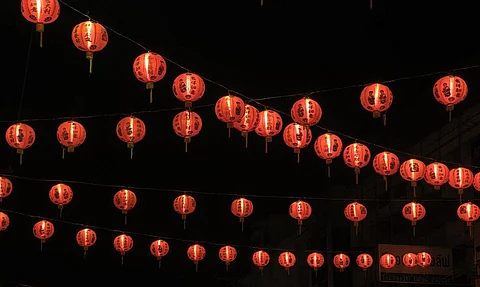In the past 5 years, the prices of diyas have also shot up considerably which results in the reluctance of the buyers. Potters in New Delhi complain about the availability of Clay which is used in the making of traditional diyas, they have to travel to Haryana or Rajasthan to get their hands on it whereas previously it was available in Delhi itself. With the onset of the new market system, potters have no other choice than to increase their prices to meet the supply and demand chain. Families used to prefer simple earthen lamps but with the variety available on Chinese lights and products, the shift is towards the buying of fancy Chinese products.


